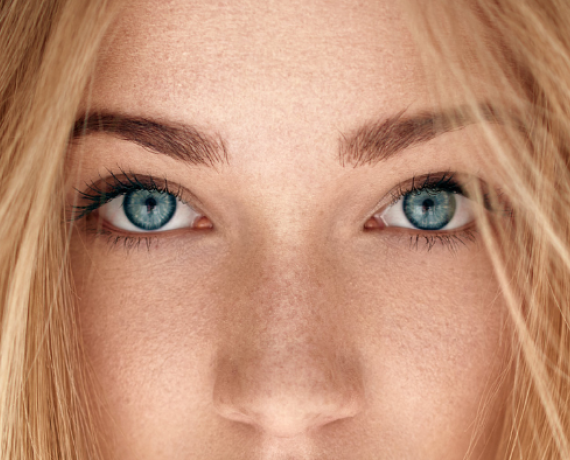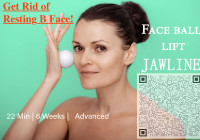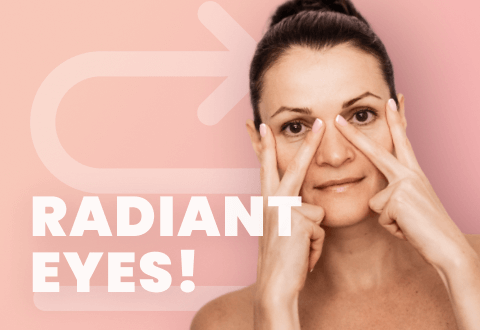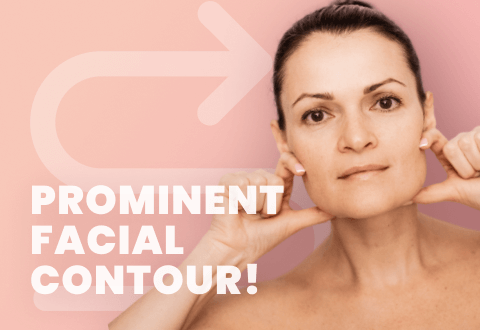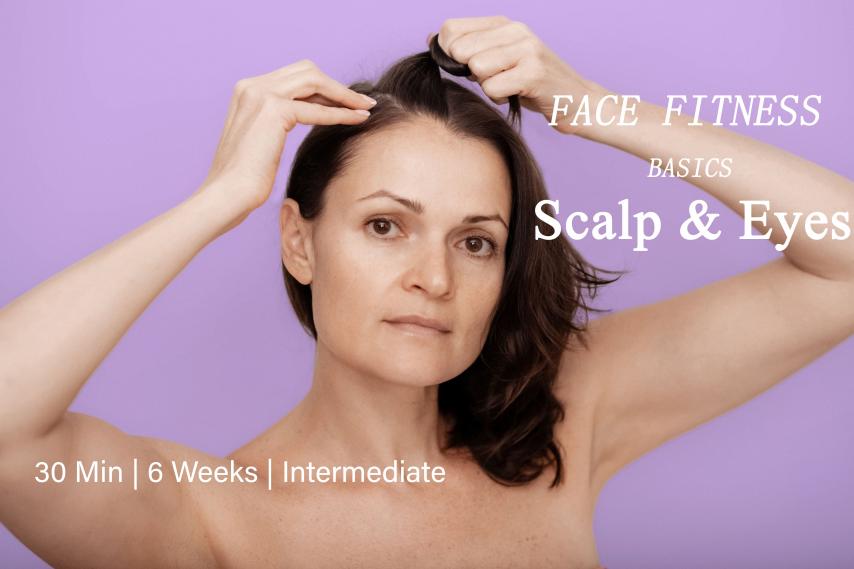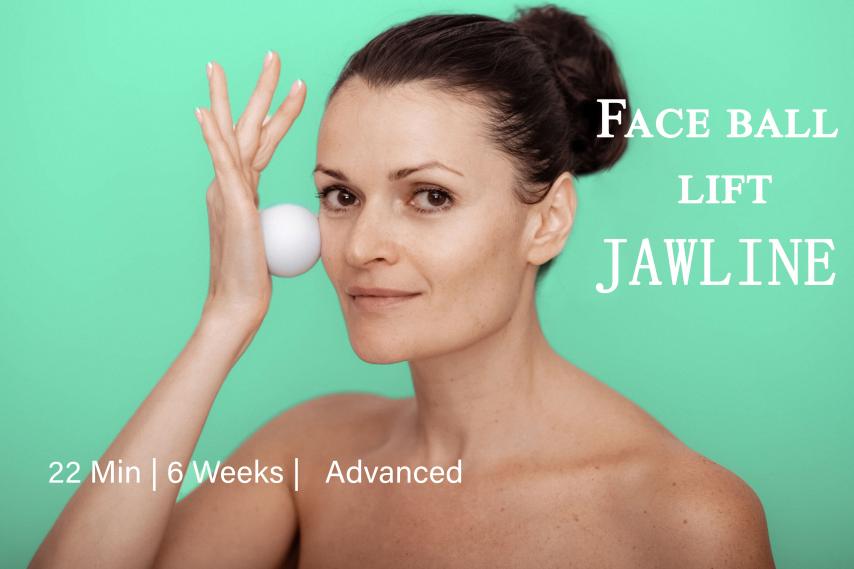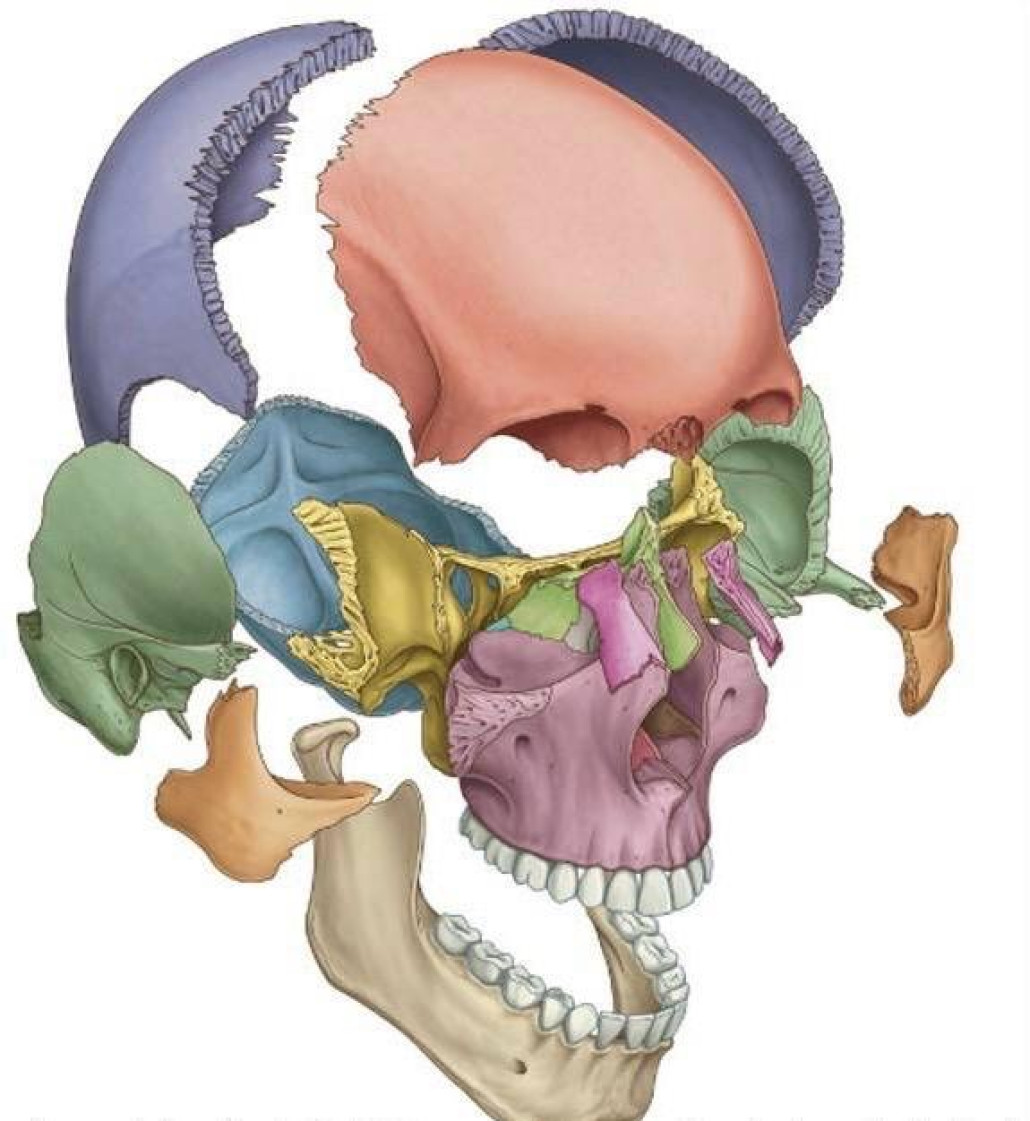
What is a Facial Cranial Release?
Cranial Facial Release (CFR) was developed in the 1930s by Dr. J. R. Stober. Cranial Facial Release technique is performed by inserting tiny balloons in the nose (the nasopharynx) then quickly inflating them to mobilize the bones of the face and cranium. By inflating this balloon, adjustments can be performed to the various parts of the skull, particularly the sphenoid.
The eight bones that form the human neurocranium are called 8 cranial bones. For a long time, it was believed that the sutures of the skull get ossified at an early age, turning the cranium into a single rigid structure. But it turned out that this is not entirely true. At the junctions between them, fibers of the structural proteins of connective tissue - collagen and elastin (which have extensibility and elasticity) are preserved throughout life. Thanks to them, the skull can slightly expand - “breathe” in the so-called cranioscaral rhythm (in Latin “cranium” - “skull”, “sacrum” - “sacrum”).
Cranial Facial Release If the Skull is out of Rhythm
Cranial Facial Release helps to return the skull to it's natural breathing rhythm. The craniosacral rhythm of a healthy person is set to 6-10 cycles per minute. In severely ill patients, their number decreases to 2-3 or increases to 20. At the same time, internal discomfort and inexplicable anxiety are disturbing, vascular, immune disorders and psychoneurological disorders occur (the person becomes a victim of severe addiction, for example, to nicotine, alcohol, gambling). Sexual life is not a joy - anorgasmia, frigidity, and early impotence develop. You go to doctors, collect diagnoses and swallow handfuls of pills, but at best you experience only temporary relief. To regain health, you need to restore the correct craniosacral rhythm, otherwise you will continue to rush around in a vicious circle of insoluble problems.

The Benefits of Cranial Facial Release
Th CFR procedure has been around for decades it was originally referred to as Nasal Specific Technique and has been underutilized because so few practitioners have been trained in it. Now Cranial Facial Release is available to you!
This Unique Cranial Facial Adjustment can help with:
- Focus
- Mental clarity
- Equilibrium & coordination
- Relaxation & Calmness
- Snoring
- Cognitive Issues
- Headaches/Migraines
- Balance
- Post concussion syndrome
- Feelings of well being
- Nasal breathing
- Sinus Pressure
- Sinusitis and sinus issues
- Post nasal drip
- Sleeping issues
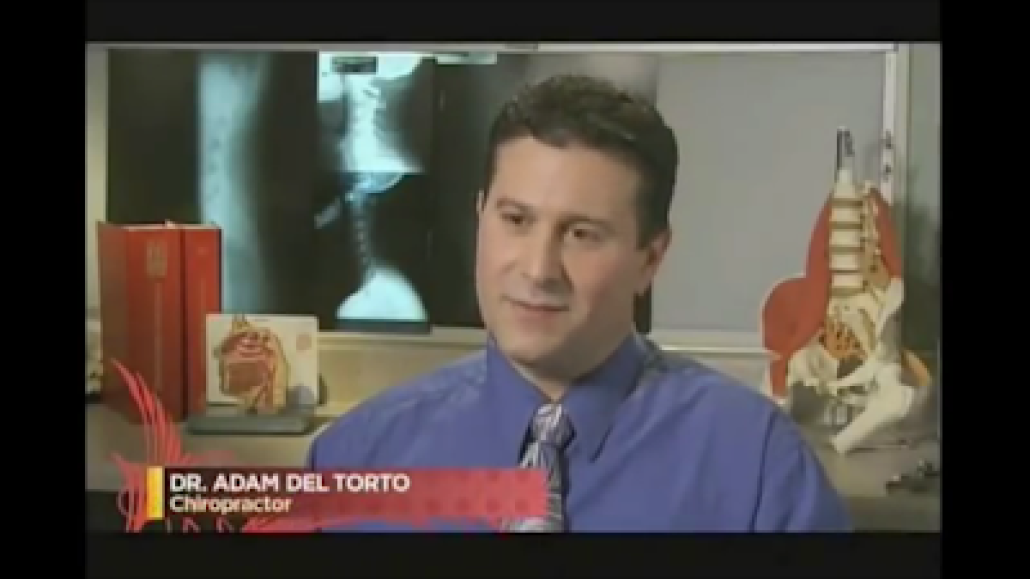
Does Cranial Facial Release Work?
While reading and collecting information about orofacial pain disorders for a couple of monthes, i eventually decided to undergo Cranial Facial Release (CFR) procedure myself. I knew that I held a lot of tension in my face, nose in particular, and behind my eyes.I was hoping that Cranial Facial Release could help me alleviate the pressure there and help fix a slight facial assymentry around my nose. I figured that such a strong form of stimulation could increase the circulation to my nasal tissues as well as to all of my face, and help reduce the tone in my facial musculature. I really felt like my nasopharynx was a tense rock in the middle of my head and aching whenever i got a cold, and I hoped the cranial facial release technique would help me better incorporate it into a calm, healthy facial posture and improve quality of life.
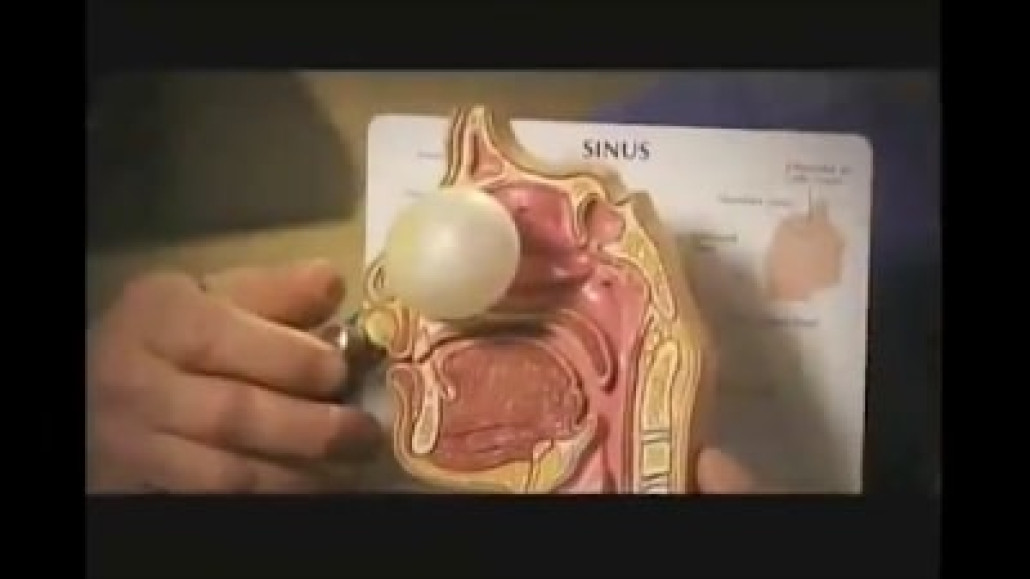
My Cranial Facial Release Experience
I found a chiropractor Dr. Adam Del Torto, that originated this form of the technique. There are actually many chiropractors these days, but found a real guru in cranial facial release work. So i found his location and tried it on myself. I was not scared to take CFR procedure as i was perepared already. And i recommend every one who wants to undergo cranial facial release, read about CFR first and really understand how it works. All i needed to stay calm and breathe deeply. Let me describe how it works. Cranial facial release involves inserting a balloon into the nasal cavity, up through each nostril. The balloon travels through the nasal cavity, past one of the three nasal turbinates. The balloon is then inflated and as it fills with air it passes through the nasopharynx and out into the throat. This opens up the breathing passageways and mobilizes the bones of the face and cranium. I felt an expansion under my face and a tremendous amount of relief afterwards. Many patients choose to have the procedure done on a regular basis for years. Dr. Del Torto usually charges a fixed amount for 5 sessions – the minimum recommended treatment. He views it as a chiropractic adjustment for the cranium. Similar to any chiropractic adjustment, the cranial bones crack allowing the osseous release of cranial fixations at the sutures. During my visit Dr. Del Torto explained to me in depth how the treatment stimulates specific neurological structures to provide a form of relief that can't be found any other way. His technical explanations made a lot of sense to me, but I imagine that there are definitelly other benefits as well.
I treat Cranial Facial Release as a form of myofacial release for the nasal passages. I am convinced that the soft tissues in this area are rarely, if ver, stimulated and can become traumatized due to stress, cold, physical injury or undue tension and then remain excessively tense so that: 1) inflamation increases and circulation decreases, 2) the facial muscles undergo “adaptive muscle shortening,” and muscle atrophy 3) the neurons in the area send pain signals to the brain, and finally 4) this causes the facial muscles to become excessively tense further exacerbating the psychological stress. I am also convinced that reduced circulation diminishes the immunological response rendering these tissues more susceptible to upper respiratory tract infection. I think that CFR helps to correct each of these four obove mentioned problems. The balloon puts strong pressure on many muscles and soft tissues throughout the nasopharynx, and nasal cavity. It is obvious to me that cranial facial release can reverse these four degenerative processes.
The stimulation and physical compression of the tissues helps to reduce past trauma, and in my opinion is much like massaging a sprained muscle. Massage and isometric stretching is really the only way to return a muscle to its premorbid state. Of course it is painful to massage, but compressing the muscles is the best way to reduce their tone. The fact that the muscles and soft tissues deep in our nasal cavity are never stimulated forces them to “remember” past trauma. They become a “somatic anchor” deep within the face for pain. For me, each CFR treatment was getting less uncomfortable. My fifth treatment was not uncomfortable at all. This means that when stimulated the nociceptive neurons in these tissues were sending reduced pain signals. I believe that even when not stimulated these areas were sending pain signals to my brain and now are no longer doing so.
CFR has the potential to help anyone, but may produce the best results for people that focus concertedly on remaining calm afterwards. Influencing how your brain interprets intense forms of stimulation is incredibly important to how your body copes with them. The way that you breathe surrounding an injury before, during and after helps the body to appraise the injury and determine how best to deal with it.
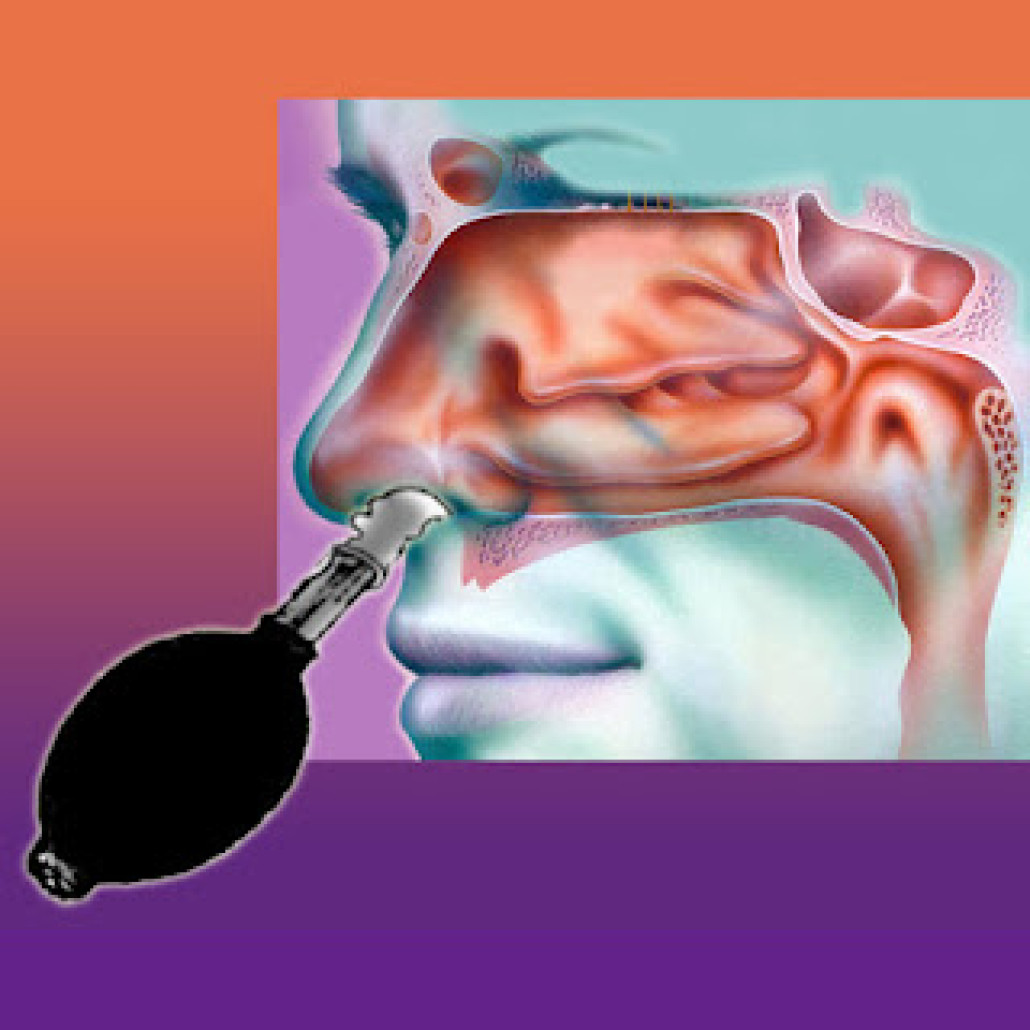
Cranial Facial Felease Before and After
After the procedure i would recommend to stay calm and breathe diaphragmatically, employing deep breathing exercises, and perhaps the “ujjayi pranayama” technique. I would recommend going home, resting quietly, and even take a nap. After each visit I went home, laid around, stretched, and spent the rest of the night breathing diaphragmatically. I think that it is very important to remain very calm throughout the procedure and afterwards. For this reason, I thought it was great that Dr. Del Torto was peaceful, reassuring and congenial during my visits.
After Cranial facial release i become aware of the muscles and tissues behind my face that i never noticed before. I laid down for several hours with my eyes closed in order to focus on the accompanying sensations. You feel these muscles tighten and release for hours after the procedure. While this happened I tried my best to memorize what it felt like for these areas to release and I tried to keep them relaxed. Simply turning your attention to these sensations builds somatotopic and musculotopic maps in the cerebral cortex which help you sense and control these areas. I believe that after the procedure patients want to build these cortical maps so that they can notice and become conscious of tension in these areas later. As I did this I used other facial muscles, flaring and constricting my nostrils, in an attempt to link these new cortical maps to existing ones. I noticed that the less attention I paid to my nose, the tighter it would become. Conversely the more attention, the more it relaxed. It would be interesting to follow the efferent nerve pathways from these areas up into the brain.
After each cranial facial releaseI went on a long walk and I noticed that my face felt surprisingly calm. As I passed people on the street I was worried that perhaps I would appear “too” calm. I realized that I should embrace the calmness and try to take full advantage of my current state and really focus on allowing my face to remain placid. I focused on breathing deeply and evenly, with eyes wide while looking upwards. I figured that if I practiced this over the course of a few days it would look natural. It really did. I no longer have a perpetual pained and fearful expression on my face. There are claims that CFR changes the look of people’s faces. It does have a cosmetic or aesthetic component and definitely can help to develop a more relaxed countenance. I have realized that before the procedure I was perpetually wincing. I notice myself wincing from time to time but it is much easier now to stop it.
I had five CFR sessions over the course of a month. Before the month, during and after I probed my nose with q-tips. Again, at first this was very uncomfortable but became much less painful with time. I didn’t press very far but would make circles with the q-tips just past my nostrils while breathing deeply. Using the qtips beforehand probably complemented the CFR and also made the actual balloon inflation less uncomfortable for me.
I can breathe through my nose much better now. In fact Dr. Del Torto intentionally opened up three of my six turbinates that were completely closed down. I think that the most important thing about cranial facial release is to appraise it positively. It is “invasive” in some ways and you want your body to embrace the sensations that you feel afterward rather than reject them. I want to encourage you to appraise the treatment as a deep tissue massage that is providing relief. The key is to self-soothe and to trigger the relaxation response. Afterwards you want to think about how to build this relaxed nasopharyngeal posture into your normal day-to-day facial posture.
Takeaway
Cranial Facial Relerase can completely remove excessive tension from nasal passages and improve blood circulation to the are. CFR can help fix slight face assymentry and definitelly has a good aesthetic effect on the face. It can dramatically improve the quality of life, boost self confidence, improve cognitive perception and mental clarity, not to mention sinus issues, snoring, nasal breathing, sleeping issues etc.
You are welcome to DIY Beauty school a place where you can become the best version of yourself and be proud!
Let me give you your one-million-dollar look!
I am personally interested in seeing your progress!
Meet me at the online face workout studio
I’ll be waiting,
Marina Zuzina
Founder of DIY Beauty School
Medically Reviewed by Jared Edward Reser, Ph.D, Writer / Researcher Encino, CA, USA
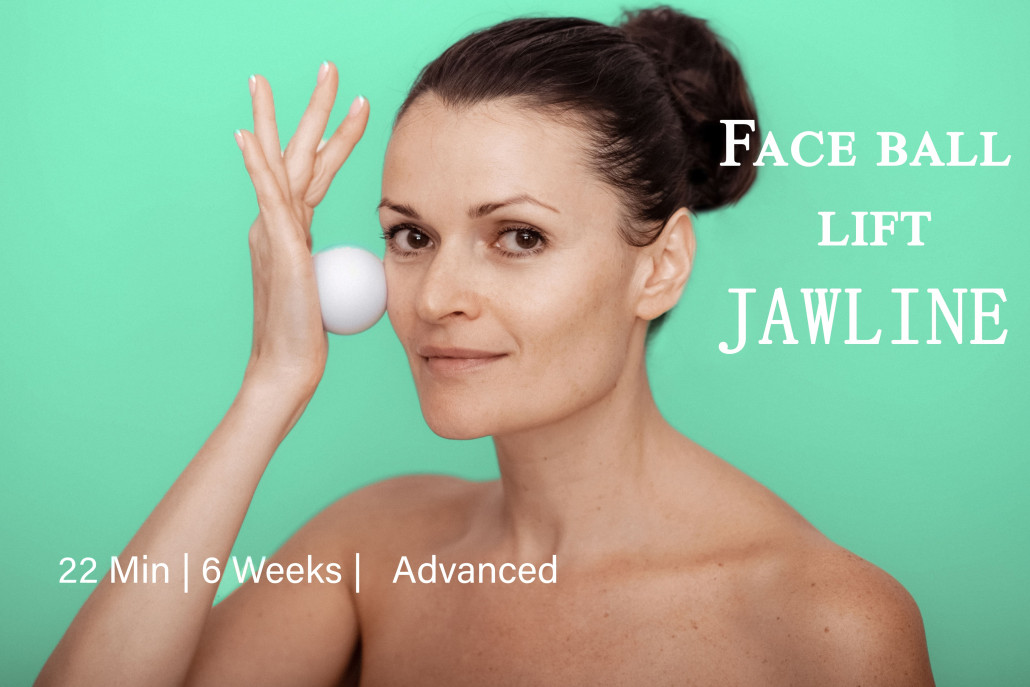
While CFR can not be performed at home, i can offer you a fantastic home face treatment: Myofascial release for the face — Stress off!
This program combines the best practices of myofascial face release massage, performed with a face ball. If you want your face look symmetric and finally get the stress level to zero point, try this face workout program first for 1 month, and visit a good CFR practitioner afterwards. I can guarantee that you will fell and look just fantastic afterwards and hold this state for a long time.
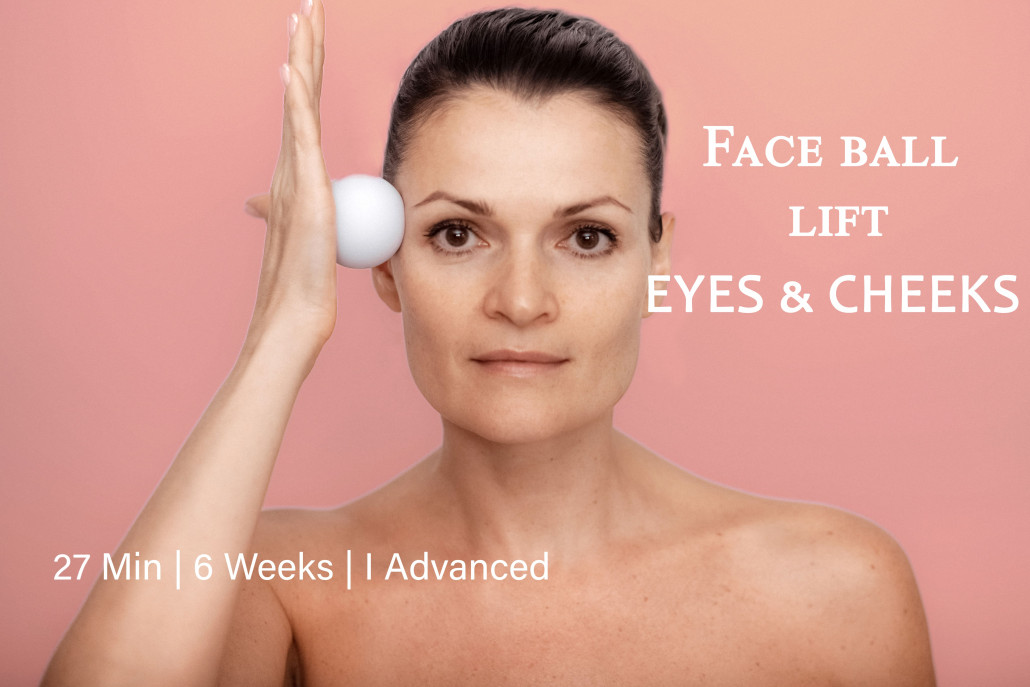

You can find all video face workouts here.
upper face and lower face correction workouts
All face fitness video programs are medically reviewed by Tatiana Zuzina Massage Therapist, Osteopath and Chiropractic from Tartu University, Estonia, Tallinn. Copyright DIY Beauty School 2024.
